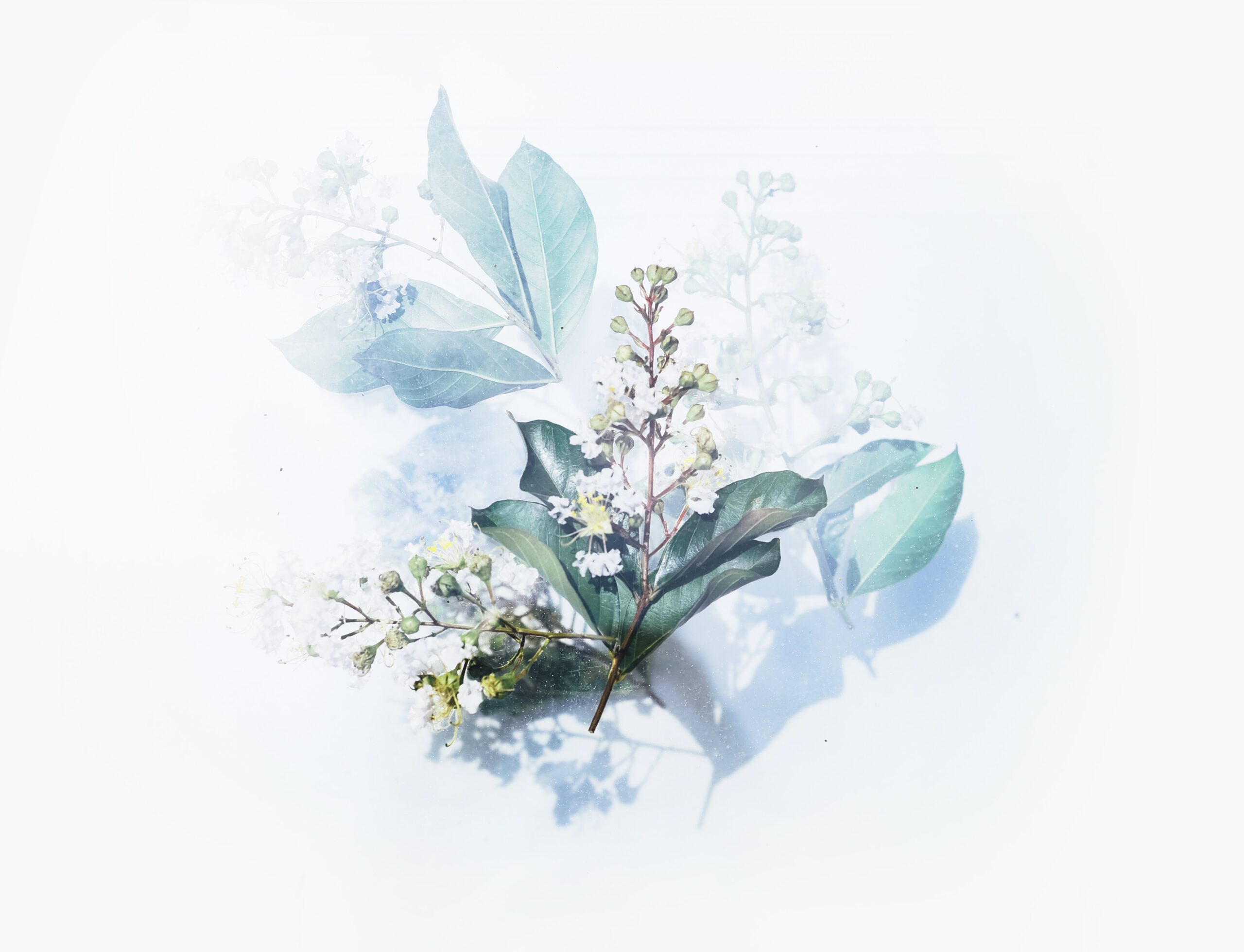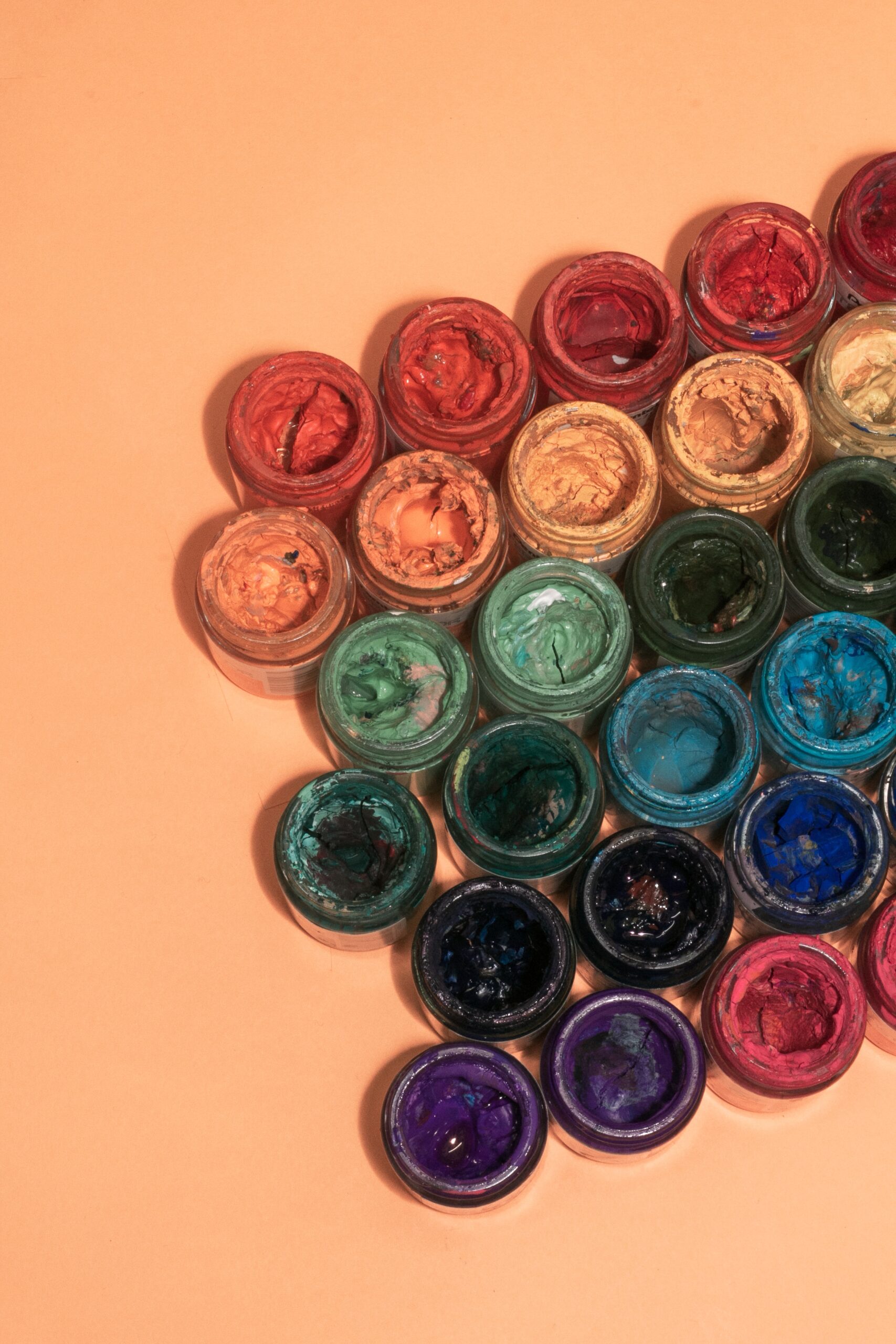You’ve always admired the intricate designs created with stencils and acrylic paint, and now it’s time for you to explore the art form yourself. In this article, we’ll guide you through the process of using stencils with acrylic paint, from choosing the right stencil to achieving clean and vibrant results. Whether you’re a beginner or an experienced artist, this step-by-step guide will help you unlock the full potential of your creativity and create stunning works of art with stencils and acrylic paint. So gather your materials and get ready to embark on a colorful journey of self-expression!

This image is property of images.unsplash.com.
Preparing the Surface
Cleaning the surface
Before using stencils with acrylic paint, it is important to ensure that the surface you will be applying the paint on is clean and free from any dirt or debris. Use a damp cloth or sponge to wipe down the surface and remove any dust or grime. This will help to ensure that the paint adheres properly to the surface and results in a clean and professional finish.
Smoothing rough edges
If the surface you are working on has any rough or uneven edges, it is recommended to sand them down before applying the stencil. This will create a smoother surface for the paint to be applied onto, preventing any unevenness or bumps in the final result.
Prime the surface
Priming the surface is an optional step, but it can be beneficial, especially if you are working on a porous surface such as wood or canvas. Applying a coat of primer before using stencils with acrylic paint helps to create a smooth and even surface, allowing the paint to adhere better and ensuring a more vibrant and long-lasting finish.
Choosing the Right Stencil
Select a suitable stencil
When choosing a stencil, it is essential to consider the design you want to create and ensure that the stencil matches your vision. Stencils come in various shapes, sizes, and patterns, so take your time to find one that suits your project and desired outcome. Look for stencils that are made from durable materials, such as plastic or mylar, as these will be more resistant to wear and tear.
Consider the design
Consider the complexity and intricacy of the design you wish to create when selecting a stencil. If you are a beginner or looking for a simpler design, opt for stencils with larger openings and fewer details. On the other hand, if you are experienced or want a more intricate design, choose stencils with smaller openings and more intricate patterns.
Ensure proper size
Make sure that the stencil you choose is the appropriate size for the surface you will be working on. If the stencil is too small, you may not achieve the desired effect, and if it is too large, it may not fit properly on the surface. Measure the area and compare it to the size of the stencil before making your final choice.
Gathering the Materials
Acrylic paint
Acrylic paint is the ideal choice for using with stencils due to its fast-drying and versatile nature. Choose acrylic paints that are specifically formulated for use on various surfaces and offer good coverage. It is also recommended to select a range of colors that will complement your design and allow for creative expression.
Stencil brushes or sponge daubers
Stencil brushes or sponge daubers are essential tools for applying paint through the openings of the stencil. Stencil brushes have flat, stiff bristles that allow for precision and control, while sponge daubers are great for creating texture and blending colors. Consider using a combination of both types of brushes for different effects in your artwork.
Palette or a flat surface
A palette or a flat surface is necessary for pouring and mixing the acrylic paint before using it with the stencil. Use a palette made specifically for acrylic paints or any other flat surface that can be easily cleaned. This will serve as your workspace and allow you to have easy access to the paint while working with the stencil.
Securing the Stencil
Tape or adhesive
To secure the stencil firmly in place, you can use tape or adhesive. Masking tape or painter’s tape is a good choice as it can be easily removed without damaging the surface. Make sure to apply the tape or adhesive around the edges of the stencil to prevent any paint from seeping underneath and smudging the design.
Positioning stencil correctly
It is crucial to position the stencil correctly on the surface to achieve the desired design. Take your time to align the stencil precisely where you want it and ensure it is secure. You can use a ruler or measuring tape to help with accurate placement. Once the stencil is in position, press it firmly onto the surface to minimize any movement during the painting process.

This image is property of images.unsplash.com.
Applying the Paint
Pouring paint on the palette
Start by pouring a small amount of acrylic paint onto your palette or flat surface. Use different areas of the palette for different colors to avoid mixing them unintentionally. It’s always better to start with less paint and add more as needed to prevent wastage and keep your workspace neat and organized.
Loading the brush/sponge dauber
Dip the stencil brush or sponge dauber into the paint and tap off any excess on the palette or a paper towel. The brush or sponge should be loaded with enough paint to fill the stencil openings but not too much that it drips or smudges. Experiment with different amounts of paint to achieve the desired opacity and intensity in your artwork.
Blotting off excess paint
Before applying the paint through the stencil, it is important to blot off any excess paint from the brush or sponge dauber. This helps to prevent the paint from bleeding over the stencil openings and creating blurry edges. Lightly press the brush or sponge against a clean part of the palette or a paper towel to remove the excess paint.
Techniques for Using Stencils
Brushing technique
To use the brushing technique, hold the loaded stencil brush perpendicular to the surface and gently swirl or stipple the brush over the stencil openings. Use light pressure and short, controlled strokes to apply the paint evenly. This technique is perfect for creating crisp lines and defined shapes.
Dabbing technique
The dabbing technique involves using a sponge dauber to apply paint by pressing and lifting the dauber over the stencil openings. This technique is great for creating texture and a softer, more diffused look. Experiment with different angles and pressures to achieve a variety of effects.
Spray technique
The spray technique allows for a more blended and subtle application of paint through the stencil. Use a stencil spray or a regular spray bottle filled with diluted acrylic paint. Hold the spray bottle a few inches away from the stencil and mist the paint lightly over the openings. This technique works best for larger stencils or when you want a more abstract or airy effect.

This image is property of images.unsplash.com.
Working with Multiple Colors
Color blocking
Color blocking involves using multiple colors to fill in different areas of the stencil design. Start by applying one color through the stencil openings and allow it to dry completely. Once dry, cover the already painted areas with tape or paper, and apply the next color using the same stencil or a different one. Repeat this process until your design is complete.
Layering colors
Layering colors adds depth and dimension to your stencil artwork. Begin by applying a base color using the stencil. Once dry, place the stencil back over the design, slightly offset it, and apply a different color on top. This technique creates the illusion of shadows and highlights, enhancing the visual interest of your artwork.
Cleaning and Maintaining Stencils
Washing the stencil
After each use, it is essential to clean the stencil thoroughly to remove any dried paint. Rinse the stencil under warm water, using a soft brush or sponge to gently scrub away any remaining paint. Avoid using harsh chemicals or abrasive materials that can damage the stencil. Once clean, pat it dry with a clean cloth and store it flat or rolled up to prevent it from warping or bending.
Removing dried paint
If there is any dried paint on the stencil that is difficult to remove with water alone, you can use a stencil cleaner or mild soap. Apply a small amount of cleaner to the dried paint and let it sit for a few minutes. Then, gently scrub the paint away with a soft brush or sponge. Rinse the stencil thoroughly and dry it as mentioned before.

Creating Depth and Dimension
Using shading techniques
To create depth and dimension, shading techniques can be employed. Start by applying a base color through the stencil as usual. Then, use a darker shade of the same color or a complementary color to shade certain areas of the design. Apply the darker color in a controlled manner, focusing on the edges or hollow areas of the stencil openings. This technique adds dimension and enhances the three-dimensional effect of your artwork.
Adding highlights
Adding highlights to your stencil artwork helps to bring certain areas forward and create a focal point. After applying the base color through the stencil, use a lighter shade of the same color or a contrasting color to highlight specific details or areas where light would naturally hit. Apply the lighter color sparingly, using a fine brush or sponge dauber, to create a subtle but eye-catching effect.
Incorporating Stencils Into Artwork
Using multiple stencils
Using multiple stencils in your artwork allows for endless possibilities and creativity. Start by selecting stencils that complement each other in terms of design, style, or theme. Layer the stencils strategically, applying one stencil at a time, and allowing the paint to dry before moving on to the next. By combining different stencils, you can create unique and intricate designs that showcase your artistic vision.
Combining stencils with freehand painting
For a more personalized and artistic touch, consider combining stencils with freehand painting. Use stencils to create a base design and then use brushes or other painting techniques to add additional details or embellishments. This approach allows you to unleash your creativity and incorporate your own style into the artwork, resulting in a truly unique and expressive piece.
Using stencils with acrylic paint opens up a world of possibilities for both beginners and experienced artists alike. With proper surface preparation, stencil selection, and the right materials and techniques, you can create stunning and professional-looking artwork that reflects your creativity and style. So, grab your stencils, brushes, and paints, and have fun exploring the endless possibilities of stencil art!




